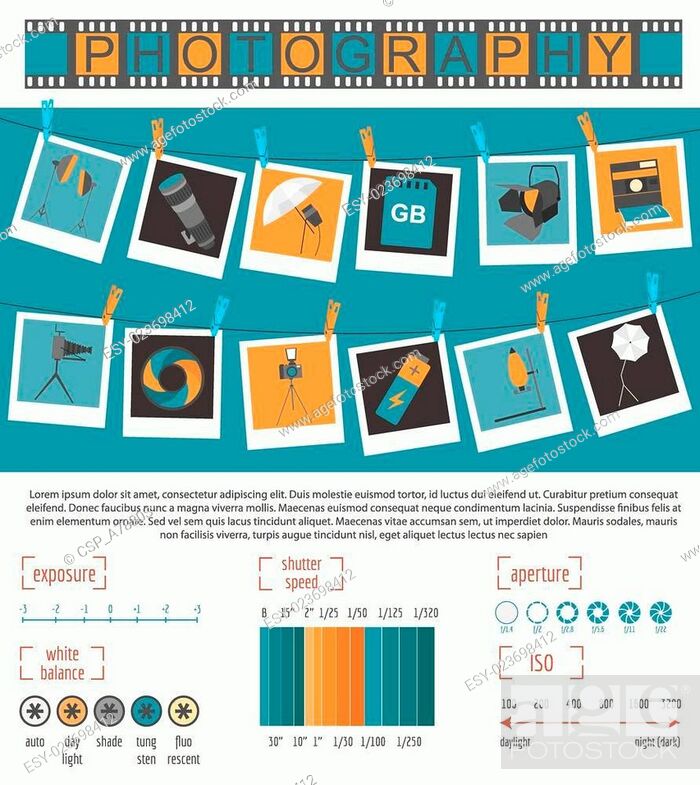What Every Professional Photographer Ought To Understand About Lights
What Every Professional Photographer Ought To Understand About Lights
Blog Article
Web Content Author-Gillespie Olsson
As a professional photographer, you know that illumination can make or damage your pictures. Understanding the subtleties of both all-natural and synthetic light is necessary for recording the mood and clearness you go for in your work. Whether you're going after the perfect golden hour glow or tweak your synthetic configurations, mastering these elements can elevate your photography significantly. However there are common challenges that lots of ignore, and acknowledging them can transform your approach to every shoot. Let's explore what you could be missing and exactly how it can impact your results.
Recognizing All-natural Light
Comprehending all-natural light is important for any digital photographer looking to boost their job. It's the structure of fantastic photography, affecting mood, tone, and clarity. When you shoot outdoors, pay attention to the moment of day. The gold hour-- shortly after sunrise and prior to sundown-- supplies soft, cozy light that can transform average scenes right into spectacular photos.
Don't ignore the power of cloudy days. Cloud cover diffuses sunlight, developing a soft, also light that's perfect for portraits and macro digital photography. You'll discover colors appear this type of lights without rough shadows.
Placing issues, as well. Always consider your topic's positioning to the light source. If the sun's behind your subject, you may wind up with a shape, which can be dramatic however mightn't be what you desire. Alternatively, direct sunlight can produce uncomplimentary darkness.
Trying out angles; in some cases, changing your perspective can produce incredible outcomes. Use all-natural reflectors, like water or sand, to jump light onto your subject, adding measurement.
Mastering Artificial Light
Understanding man-made light is essential for professional photographers that want to take their abilities to the next degree. Whether you're utilizing speedlights, studio strobes, or continual lights, comprehending exactly how to adjust these sources can drastically enhance your pictures.
Begin by familiarizing on your own with the basics of light quality, direction, and color temperature. Trying out various modifiers like softboxes, umbrellas, or grids to control the gentleness or violence of the light.
Linkedin Photos 'll find that soft light typically develops lovely outcomes, while harsher light can include dramatization and deepness. Don't avoid shadows; they can boost the three-dimensionality of your topics.
Pay close attention to the placement of your lights. A light positioned also near your topic can create uncomplimentary outcomes, while as well far can result in an absence of information. Make use of a light meter or your video camera's histogram to guarantee you're revealing appropriately.
Lastly, remember that fabricated light can be mixed with ambient light for creative effects. Balancing https://www.automobilemag.com/news/expert-car-photo-tips/ could take technique, once you master it, your digital photography will genuinely shine.
Strategies for Different Scenarios
When you step into different capturing scenarios, adapting your lighting techniques is crucial for recording the best photos. For outdoor pictures, utilize the gold hour-- early morning or late afternoon light-- to soften shadows and enhance complexion.
If it's a harsh midday sunlight, consider using a reflector to jump light back onto your subject or seek shaded areas for an extra even exposure.
In low-light circumstances, like interior events, boost your ISO and use a broad aperture to let in more light. A tripod can aid eliminate electronic camera shake, allowing for longer exposures without obscuring.
If you're shooting at evening, explore off-camera flash to produce vibrant lights and deepness in your images.
For item digital photography, make use of diffused illumination to stay clear of severe representations. Softboxes or light outdoors tents can help attain this effect.
When photographing landscapes, consider the direction of light and time of day, as it can substantially change the state of mind of your shot.
Constantly prepare to change your settings and positioning based upon the circumstance, as adaptability is key to understanding lighting in photography.
Conclusion
Finally, mastering illumination is essential to raising your digital photography skills. Accept all-natural light's charm throughout golden hour, and do not shy away from trying out fabricated light techniques. By adapting your method to different situations, you'll catch sensational pictures that resonate with feeling and quality. Keep in mind, the appropriate illumination can change a regular shot into something phenomenal, so maintain practicing and fine-tuning your understanding of both natural and artificial light. Happy capturing!
